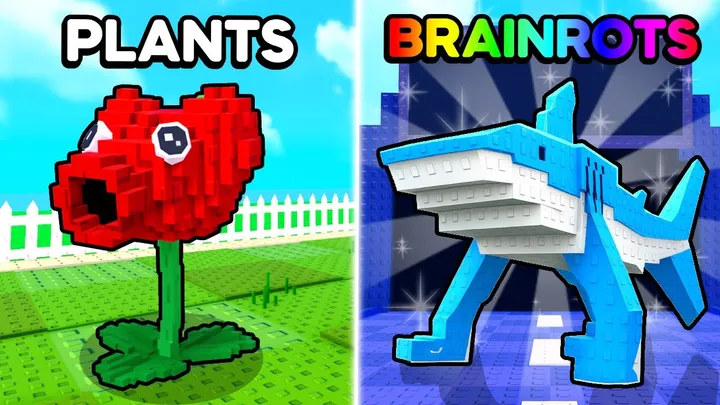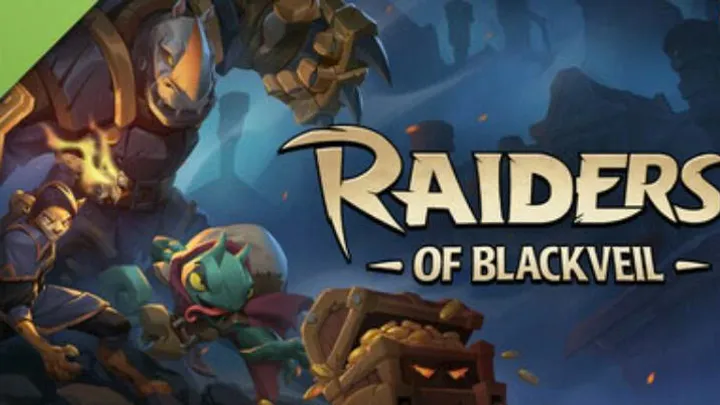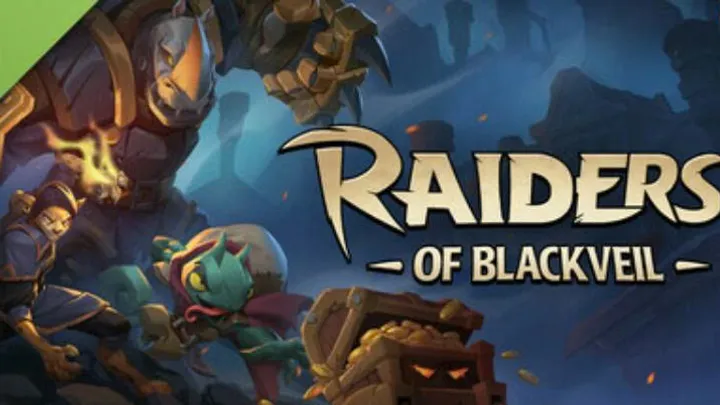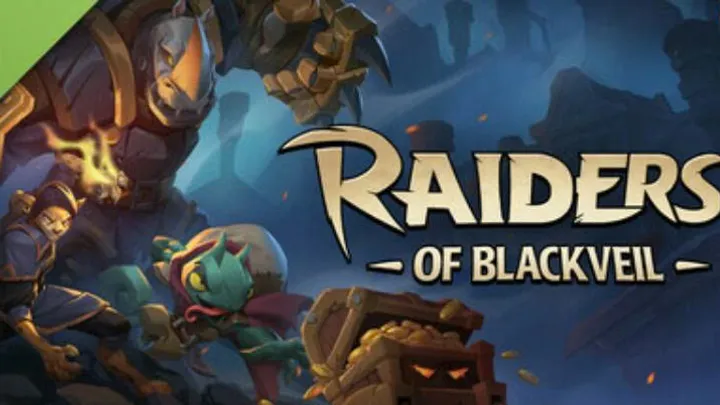Grounded shrinks you down into a backyard survival adventure, where every blade of grass becomes a towering tree and insects are both predators and resources. The challenge lies in balancing exploration, crafting, and combat while managing hunger, thirst, and shelter.
This guide will walk you through essential survival tips, base building strategies, combat techniques, and long-term progression to help you thrive in Obsidian’s unique world. Whether playing solo or in co-op, the following tips will give you the tools to master the backyard.
Understanding the Early Game
Your first hours in Grounded are all about survival basics. Gather pebbles, plant fibers, and sprigs to craft rudimentary tools like the Pebblet Axe. These let you harvest resources such as sap and grass planks.
Prioritize food and water. Mushrooms are safe to eat, and dew drops hanging on grass blades can be punched down for hydration. Keep your resource collection steady, as even a few minutes without food or water can weaken your character.
Establishing a Safe Base
Shelter is more than just cosmetic—it’s a lifeline. A base gives you a respawn point, storage, and protection from the dangers of the night.
Choose a location with nearby resources, flat terrain, and defensible positioning. Areas near the Mysterious Machine or the Oak Tree are popular starting points. Build walls and a lean-to, then expand into workbenches and storage baskets.
As you progress, reinforce your base with stronger materials and consider multiple outposts to support exploration.
Gathering and Managing Resources
Resource management is the backbone of progression. Always carry enough inventory space for essentials while leaving room for loot.
Grass, stems, and clay form the foundation of most constructions. Sap and fiber are critical for torches, bandages, and repairs. Keep track of rarer resources like quartzite and spider silk, as they unlock advanced gear and upgrades.
Organize your storage to save time. Labeling chests or building dedicated storage areas prevents unnecessary scavenging later.
Food and Water Survival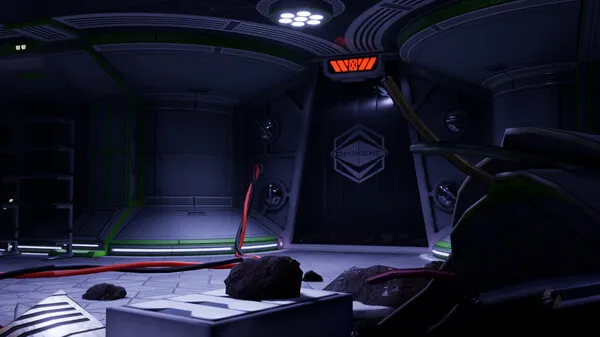
Sustenance is constant in Grounded. Unlike many survival games, your character depletes food and water quickly.
Mushrooms, aphids, and weevils are common food sources early on. Cook meat on a roasting spit to avoid spoilage and gain better nutrition. For water, dew and juice boxes are reliable, but later you can build dew collectors for a renewable source.
Avoid eating spoiled food or dirty water unless desperate—it will harm your health and efficiency.
Combat and Weaponry
Insects are both threat and resource. Early weapons like spears and pebblet axes can handle weaker foes, but bigger threats like spiders demand better preparation.
Block and parry mechanics are vital. Time your blocks to reduce damage and exploit enemy weaknesses. Upgrade weapons into tiered versions, such as the Insect Axe or Ant Club, to deal with stronger enemies.
Craft armor sets from insect parts to increase survivability. Different sets grant unique bonuses, letting you tailor your build for combat or gathering.
Exploration and Landmarks
The backyard is filled with secrets, labs, and dangerous biomes. Explore gradually, building gear and knowledge before venturing into hostile zones.
Landmarks like the Oak Tree, Hedge, and Sandbox offer unique resources and story progression. Mark them on your map to revisit with the right equipment. Always bring torches, bandages, and enough food for long trips.
Anticipate the dangers of each biome. For example, the Sandbox is extremely hot during the day, requiring shade or special armor.
Crafting and Upgrades
Crafting evolves as you discover new resources and analyze them at Field Stations. Every new material expands your crafting catalog.
Upgrade your tools and weapons to higher tiers. Tier II and III equipment are necessary to harvest tougher resources, such as spider silk or sturdy stems.
Experiment with armor sets, traps, and consumables. Crafted items often mean the difference between success and failure in tough encounters.
Playing in Co-op
Grounded shines in multiplayer, where each player can take on roles. One player might focus on base building, while others gather resources or fight.
Sharing resources and coordinating exploration makes progression faster and safer. Co-op also makes combat against larger foes more manageable, as you can flank and revive teammates.
Communication is key. Use shared goals to avoid wasted effort and maintain steady progress.
Long-Term Progression and Goals
Once you’ve mastered survival, your goals expand. Progress the story by exploring hidden labs and uncovering the mystery of your shrunken state.
Set personal objectives like building elaborate bases, farming renewable resources, or crafting top-tier gear. Many players also enjoy the creative side of construction, designing fortresses that dominate the backyard landscape.
Continuous updates add new insects, biomes, and story elements, so the long-term journey remains fresh.
Advanced Survival Tips
Veterans can push their survival further with these advanced strategies:
- Kiting Enemies – Hit, retreat, and repeat to fight stronger foes safely.
- Trap Usage – Build spike strips to defend your base from insect attacks.
- Mobility Tools – Craft ziplines and ladders for quick travel across the backyard.
- Resource Farming – Focus on renewable sources like dew collectors and gardens.
- Risk vs Reward – Entering dangerous areas early can pay off, but plan escape routes.
Mastering these techniques ensures you’re ready for every backyard challenge.
Conclusion
Grounded transforms survival gaming into a creative, insect-filled backyard adventure. Success depends on balancing your needs for food, water, and shelter with exploration and combat.
By securing a base, upgrading gear, and venturing carefully into new biomes, you’ll uncover both resources and story secrets. Whether alone or with friends, Grounded rewards careful preparation, teamwork, and curiosity.
